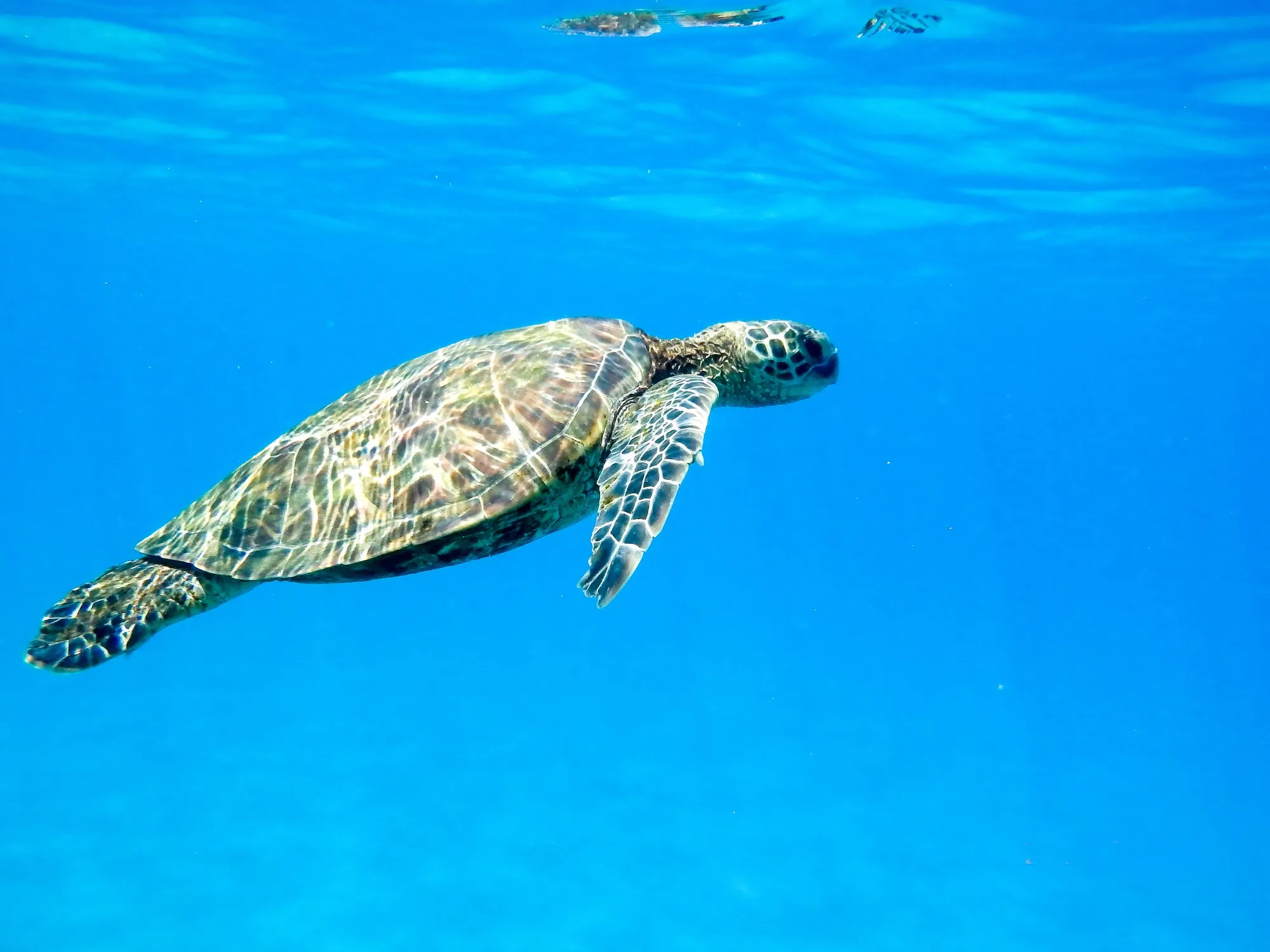In a groundbreaking study published in Animal Reproduction Science, researchers from the MOE Joint International Research Laboratory of Animal Health and Food Safety at the College of Veterinary Medicine, Nanjing Agricultural University in China, led by Dr. Chen Qiusheng, have unveiled novel insights into the mechanisms of sperm survival and degeneration in soft-shelled turtles (Pelodiscus sinensis) during long-term storage at low temperatures. This research sheds light on the physiological phenomena of apoptosis-like changes in ectothermic animal sperm, a previously uncharted territory distinct from the well-documented sperm death during cryopreservation in endothermic mammals.
The study, bearing the DOI 10.1016/j.anireprosci.2019.04.014, meticulously details the survival span, kinematics, and molecular changes of epididymal spermatozoa in soft-shelled turtles at a storage temperature of 4 °C. Below is a comprehensive overview of the research findings, methodology, and implications drawn from the study, titled “Apoptotic-like changes in epididymal spermatozoa of soft-shelled turtles, Pelodiscus sinensis, during long-term storage at 4 ºC,” as covered in the June 2019 issue (205:134-143).
Extended Spermatozoa Survival
The study presents a remarkable discovery of spermatozoa survival surpassing 40 days at a cool storage temperature, a previously unexplored domain in ectothermic animals like turtles. This extends the boundaries of reproductive biology and offers new avenues for conservation efforts concerning these reptiles.
Sperm Kinematics and Cryopreservation
Employing a Computer-Assisted Sperm Analysis (CASA) system, the researchers observed a gradual reduction in all sperm motility variables throughout the storage period. Most notably, the velocity curvilinear (VCL) metric demonstrated an accelerated decline post 20 days of storage, signifying potential damage or metabolic exhaustion over time.
Flow Cytometry Analysis
Using cutting-edge flow cytometry, the study revealed a significant uptick in the proportion of spermatozoa undergoing apoptotic-like changes. Interestingly, this increase did not accompany a corresponding rise in necrotic percentages, indicating a more programmed and less chaotic cell death pathway.
Reactive Oxygen Species (ROS)
A pivotal observation made by the investigators was the escalation of cellular ROS concentrations after 20 days of storage, underscoring the role of oxidative stress in initiating spermatozoa degenerative transformations.
Mitochondrial Membrane Potential (MMP) and TEM Observations
JC-1 staining, a technique to assess MMP, evidenced a decline correlating with elongated storage periods at 4 °C. This mitochondrial dysfunction was visually corroborated by Transmission Electron Microscopy (TEM), which demonstrated nuclear fragmentation of the spermatozoa by day 30 of storage.
Western Blot Analysis and Apoptotic Proteins
Through western blot analysis, the researchers identified elevated levels of pro-apoptotic cytochrome c (Cytc) and cleaved caspase-9/3 proteins after 30 days of storage, hallmarks of the intrinsic apoptotic pathways leading to cell death.
Conservation and Reproductive Implications
This investigation not only aids in understanding the cellular fate of soft-shelled turtle spermatozoa under preservation conditions but also informs reproductive technologies and conservation strategies. It accentuates the need for optimized storage protocols that could minimize activity of ROS and mitigate apoptotic-like changes to improve sperm longevity.
Future Directions and Recommendations
Further research may explore the preventative measures against ROS-induced damage and the adjustment of storage conditions. Assessments of antioxidants and alternative cooling rates could provide additional insights into improving and extending the vitality of preserved ectothermic animal spermatozoa.
References
1. Chen, H., Huang, Y., Bai, X., Yang, P., Tarique, I., Vistro, W. A., … & Chen, Q. (2019). Apoptotic-like changes in epididymal spermatozoa of soft-shelled turtles, Pelodiscus sinensis, during long-term storage at 4 ºC. Animal Reproduction Science, 205, 134-143. https://doi.org/10.1016/j.anireprosci.2019.04.014
2. Cryopreservation of animal genetic resources. (n.d.). FAO Animal Production and Health Guidelines. Retrieved from http://www.fao.org/3/a-i3380e.pdf.
3. Watson, P. F. (2000). The causes of reduced fertility with cryopreserved semen. Animal Reproduction Science, 60, 481-492. https://doi.org/10.1016/S0378-4320(00)00099-3
4. Aitken, R. J., & Curry, B. J. (2011). Redox regulation of human sperm function: from the physiological to the pathological and from the clinical to the molecular. Antioxidants & Redox Signaling, 14(3), 367-381. https://doi.org/10.1089/ars.2010.3186
5. Zini, A., & Agarwal, A. (2011). A clinician’s guide to sperm DNA and chromatin damage. Springer Science & Business Media. https://doi.org/10.1007/978-1-60327-406-5
Keywords
1. Sperm Longevity in Turtles
2. Apoptotic Changes in Spermatozoa
3. Soft-Shelled Turtle Cryopreservation
4. Reactive Oxygen Species Sperm Storage
5. Turtle Sperm Preservation Techniques
In conclusion, this comprehensive study by Dr. Chen Qiusheng’s team provides an in-depth analysis of the viability and integrity of soft-shelled turtle sperm during cooled storage. The implications for reproductive technology and species conservation are profound, lending insights into the sophisticated balance of physiological processes that govern sperm life and death.
